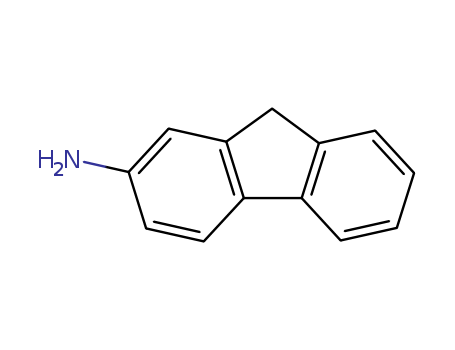Technology Process of 2-Aminofluorene
There total 19 articles about 2-Aminofluorene which
guide to synthetic route it.
The literature collected by LookChem mainly comes from the sharing of users and the free literature resources found by Internet computing technology. We keep the original model of the professional version of literature to make it easier and faster for users to retrieve and use. At the same time, we analyze and calculate the most feasible synthesis route with the highest yield for your reference as below:
synthetic route:
- Guidance literature:
-
With
ammonium acetate; zinc;
In
water;
Product distribution;
Ambient temperature;
influence of ammonium acetate; the lenght of the reducer column;;
DOI:10.1021/ac00154a001
- Guidance literature:
-
In
methanol; water;
at 20 ℃;
for 0.0833333h;
With
ammonia borane;
In
methanol; water;
at 20 ℃;



 Xn
Xn


